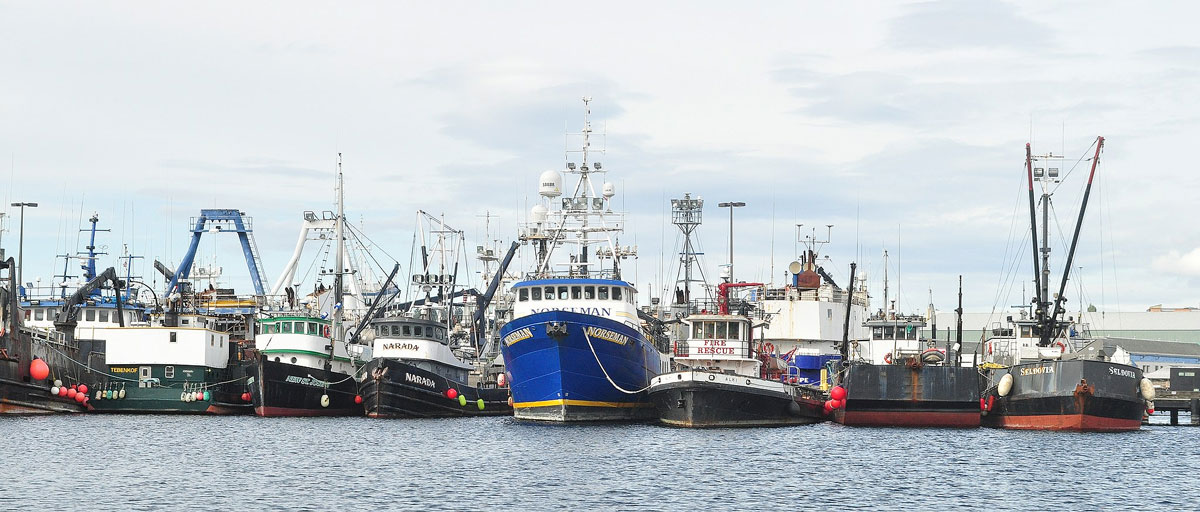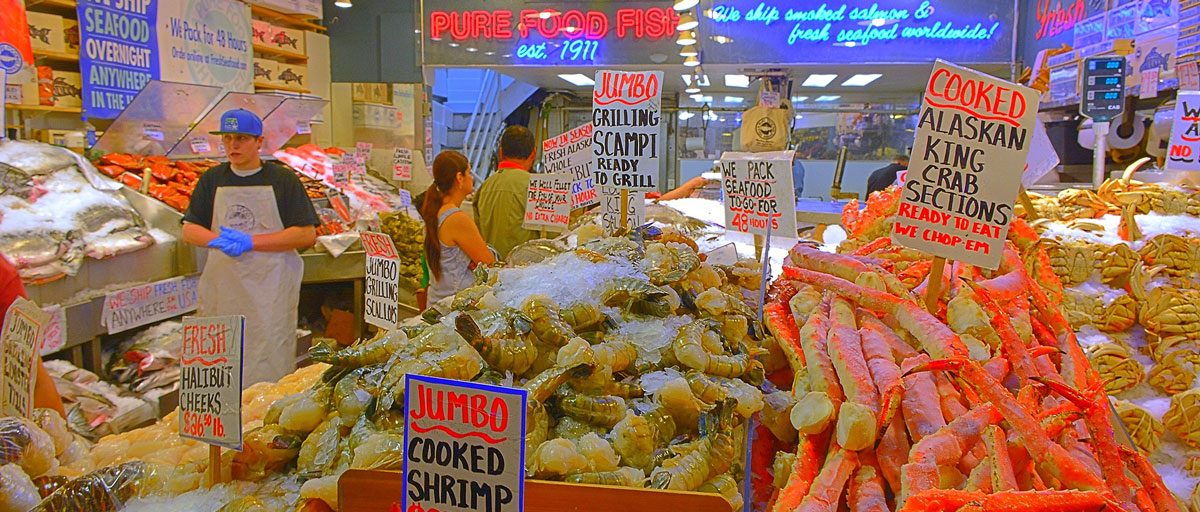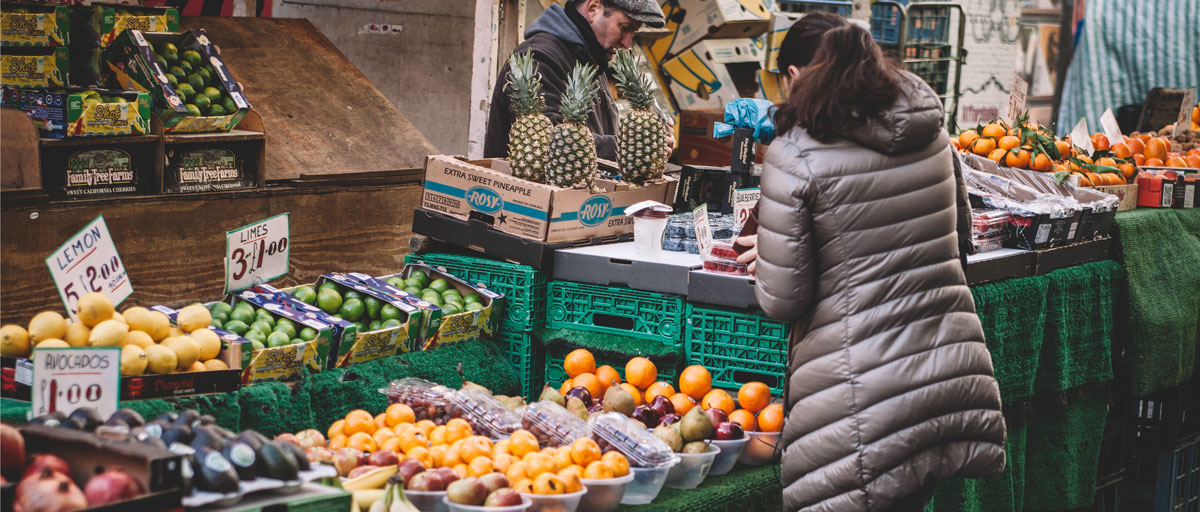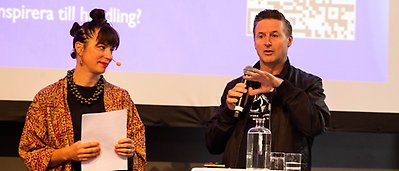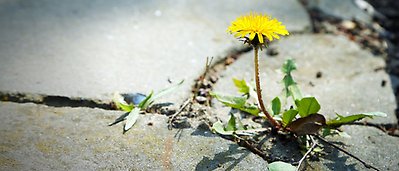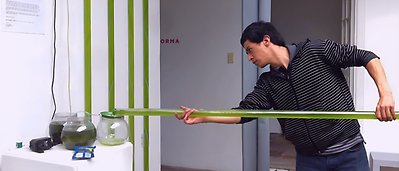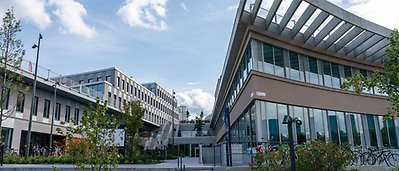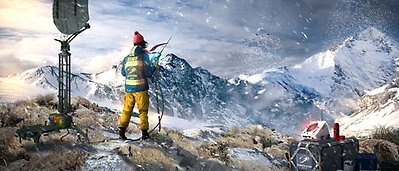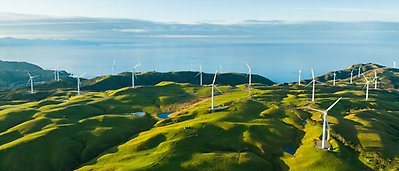Bildtext får vara max två rader text. Hela texten ska högerjusteras om den bara ska innehålla fotobyline! Photo: B. Christensen/Azote
AQUATIC FOODS
Identifying the winners, losers and trade-offs in aquatic foods production
Text
New assessment aims to fill critical gaps in understanding the growing role aquatic foods play in the global food system
Researchers have launched a new scientific assessment that will look at the role of seafood as the world prepares to feed an world population estimated to reach ten billion by 2050.
This research initiative, called The Blue Food Assessment, was kicked off during a meeting at the Stanford Center for Ocean Solutions in February 2020.
Feeding into global Food Summit
The assessment is realized through a collaboration between the Stockholm Resilience Centre and the Stanford Center for Ocean Solutions as core scientific partners, with Springer Nature and EAT Foundation as close collaborators for academic outreach and broader impact.
The assessment will progress over the next 18 months to feed directly into the UN Secretary General’s first-ever global Food Summit taking place in September 2021.
“Through the Blue Food Assessment, we propose to provide a deep and comprehensive scientific analysis of the possibilities and risks of a growing reliance on aquatic foods. We have a unique opportunity to deliver impactful and actionable science to the diverse decision-makers shaping the future of food,” says workshop organizer and COS Early Career Fellow Michelle Tigchelaar.
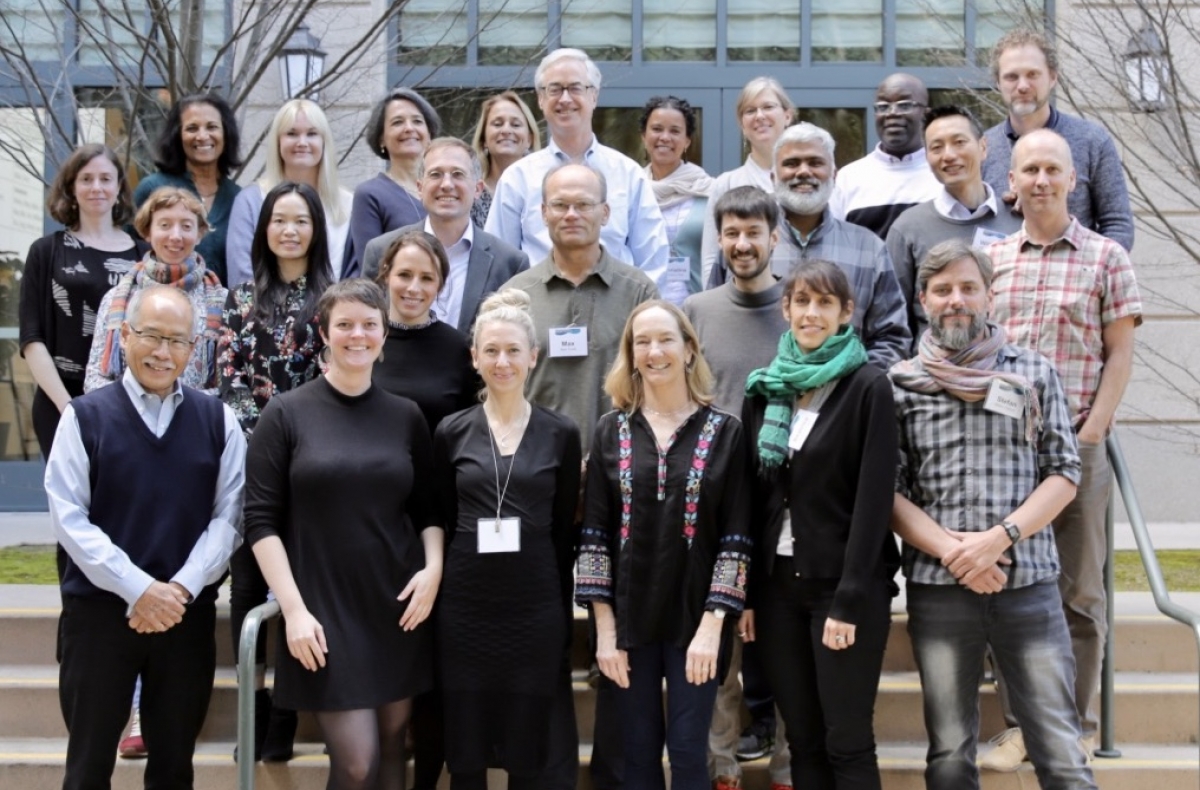
The researchers behind the new Blue Food Assessment.
First assessment of its kind
The researchers behind the Blue Food Assessment will prepare a series of eight papers, along with a synthesis report and a series of policy briefs, across several domains and themes: nutrition, environment, economics and justice, climate change, demand evolution, and smallholders.
Several noteworthy assessments have concluded that to nourish a population of ten billion people while sustaining the healthy ecosystems, there will be an increased need for aquatic foods. Yet there has been no systematic assessment of the assumptions, tradeoffs, possibilities and challenges embedded in such a vision.
Beatrice Crona, SRC associate professor and co-chair of the Blue Food Assessment.
Other SRC researchers contributing to the assessment include Malin Jonell and Max Troell.
Identifying and filling critical gaps
Co-chair Roz Naylor from Stanford believes there is a need to build a more just, healthier and sustainable food system. That includes getting a deeper understanding of how the extraordinary diversity of blue foods affect nutrition, environment, equity and the economy both locally and globally.
“Thousands of aquatic food species are being farmed or harvested using a great variety of technologies. It is critical to identify trade-offs and winners and losers within the world food economy as the role of aquatic foods expands,” she says.
With this in mind, the 2021 UN food summit can be the first opportunity to propel changes in the global food production system.
Says Jim Leape, co-director of Stanford’s Center for Ocean Solutions: “The summit provides an unprecedented opportunity to engage public and private sector decision-makers with new perspectives on the future of food production from the ocean and freshwater systems, and to bring a much deeper understanding of aquatic foods into global food dialogues.”
Fabrice DeClerck, science director at EAT adds: “We are identifying and then filling critical gaps in our understanding of the role of aquatic foods in the global food system."

Beatrice Crona’s work centers on various aspects of oceans and fisheries governance, as well as understanding different emerging global connectivities and their effects on social-ecological outcomes at multiple scales
